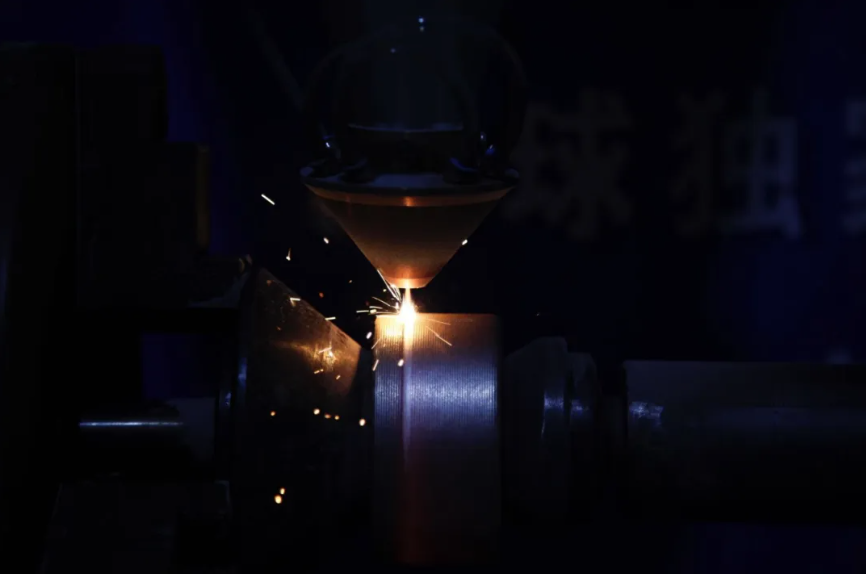UK Welding Institute to carry out comparative handheld laser and arc welding tests
Recently, the UK-based Welding Institute (TWI) is planning to launch a joint welding industry project that will benchmark handheld laser welding against existing manual arc welding processes. Specifically, the project will examine the quality, productivity, cost, health, and safety aspects of handheld laser welding, covering a wide range of materials and joint configurations.
Today, there is a growing interest in handheld laser welding applications in the welding industry. In recent years, suppliers such as IPG Photonics, Oree, Lightwise Laser, and New Day Laser have introduced compact, handheld laser welding systems with power ratings up to 3kW. These laser welding systems offer a number of advantages: low operating costs; minimal setup requirements; ease of use; efficient, fast, and flexible processing in challenging space environments; minimal consumables and post-processing requirements; and, most importantly, high-quality welds in similar and dissimilar materials of different types and thicknesses.
Handheld laser welding is being touted as the latest advancement in manual process options; capable of welding a wide range of metal materials up to 6mm thick; offering four times the weld speed, low distortion, and pre-and post-cleaning capabilities, while being easier to use than traditional arc welding.
In announcing the new program, The Welding Institute (TWI) in the UK said that the Institute has recently observed a growing interest in this technology from OEMs in many industries. In fact, in addition to production applications, handheld laser welding can be used to repair tool steel, steam turbines, automotive components, and aero-engines - using materials capable of extending to aluminum and titanium alloys.
Similar to the acquisition and introduction of any new technology, the UK's Welding Institute (TWI) expects that potential adopters of the technology will consider the following: key process variables, development and qualification; ease of use; residual stresses and distortions; inspection requirements; defects, loopholes and acceptance criteria; repairs; relevant codes and standards; health and safety; and appropriate training.
The UK's Welding Institute (TWI) says that, as with any new process, understanding and quantifying all aspects of the properties is key to achieving successful applications for laser welding. As such, the planned industry projects mentioned above will explore the various aspects surrounding handheld laser welding equipment and the functionality it provides. For example, certain products on the market offer beam jitter, which allows variations in joint assembly to be compensated for, and wire feed options are also available.
"Currently, a number of laser welding products on the market still have issues with travel speed/beam alignment and the option to introduce additional features (such as rollers or alignment devices) to improve consistency; however, this adds time/cost and reduces application flexibility. However, these features attempt to offset the combination of manual (welder) and laser welding characteristics that have the potential to affect weld properties - profile, defect type/frequency/distribution, and resulting joint quality. All in all, safety is always a primary concern and extends to traditional manual arc welding, which requires an interlock system to shut down power to the welder if there is a danger of the operator or others being exposed to laser radiation during the welding process."




Comments
Post a Comment